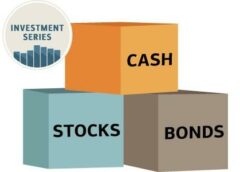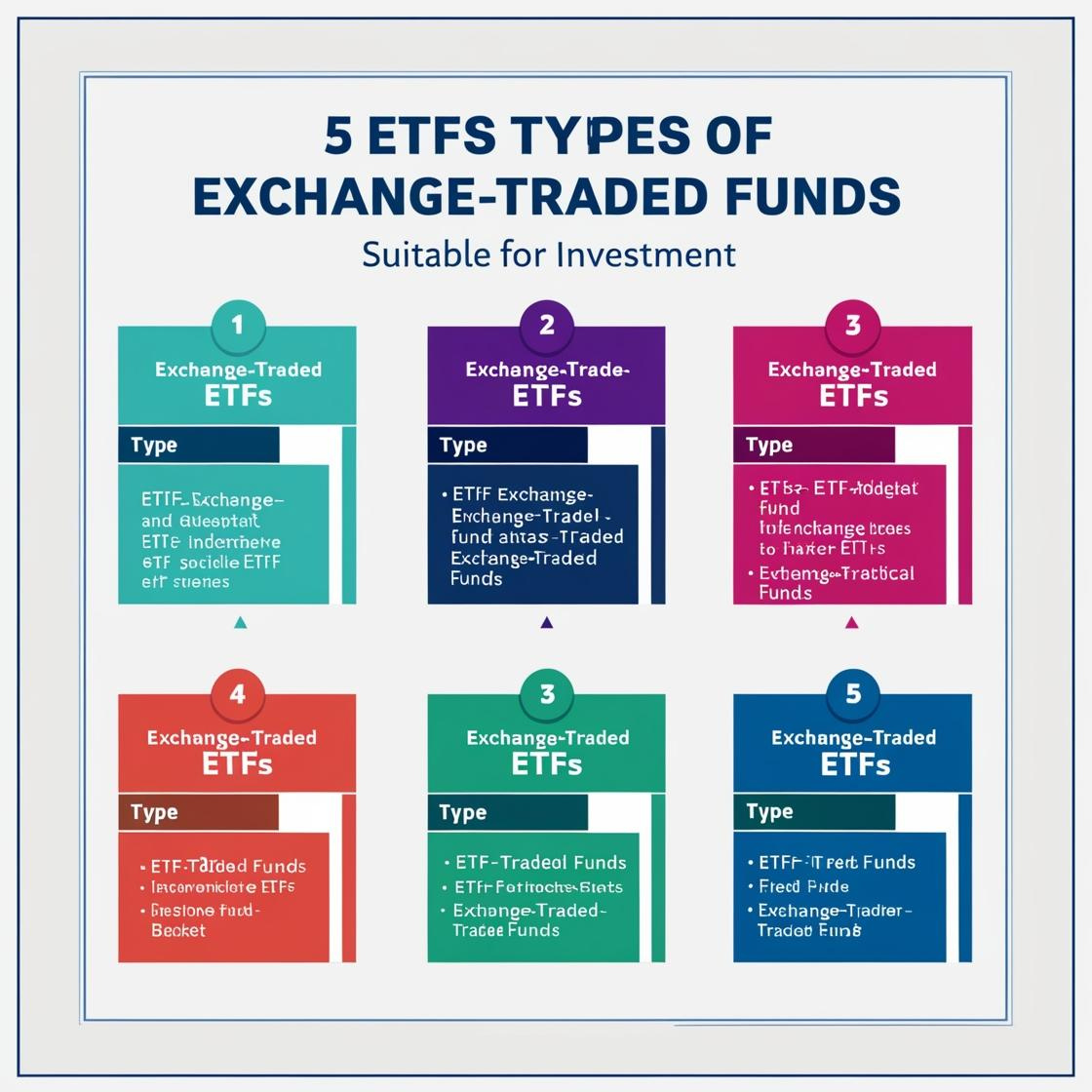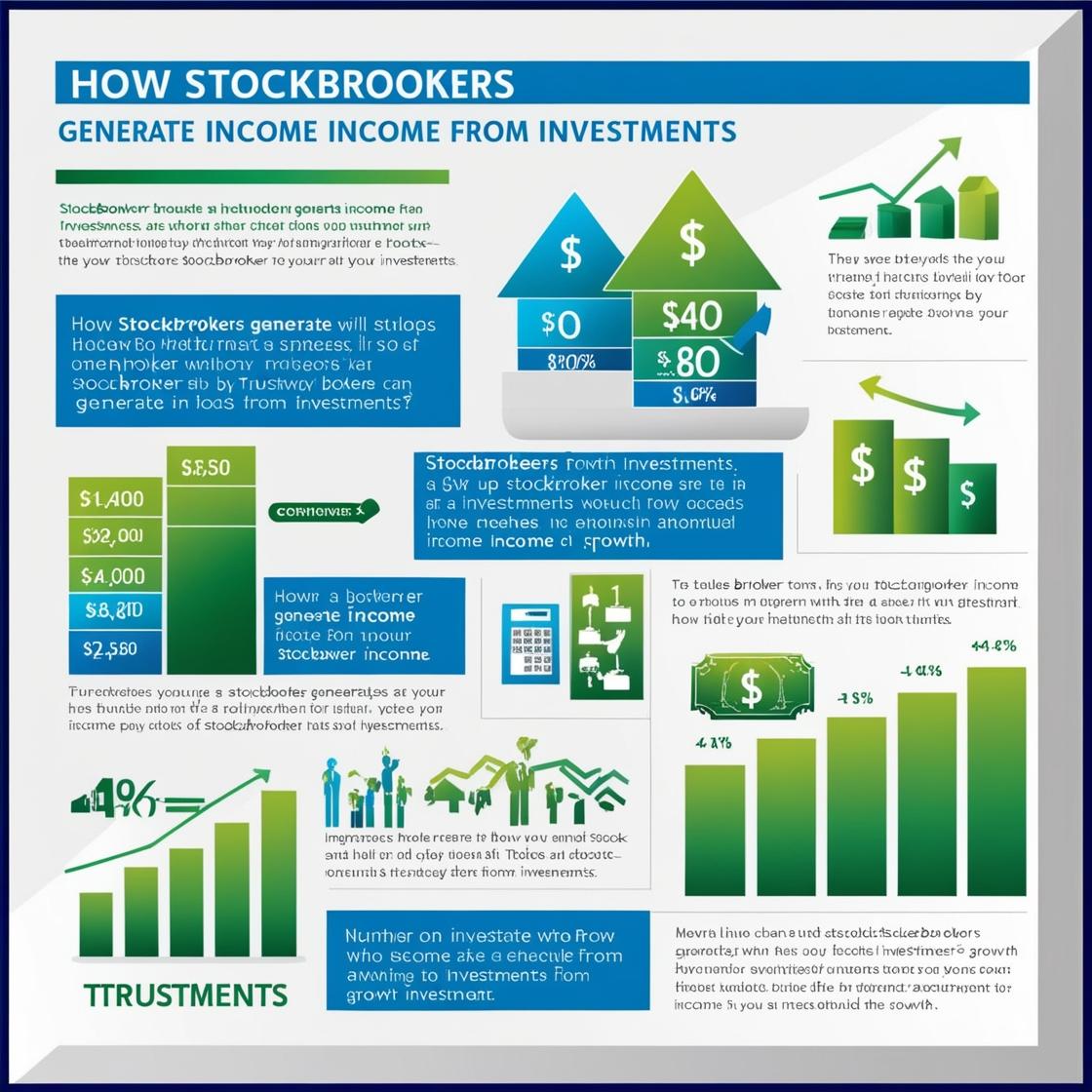
Determining Your Stock vs. Bond Allocation: A Guide to Balancing Risk and Return
Investing in stocks and bonds is a fundamental strategy for building a diversified portfolio that balances risk and return according to your financial goals and risk tolerance. The allocation between stocks and bonds plays a crucial role in determining the overall performance and stability of your investment portfolio. Here’s a comprehensive guide to help you decide how much to invest in stocks vs. bonds:
Understanding Stocks and Bonds
Stocks:
– Ownership: Buying stocks means owning a portion of a company.
– Risk and Return: Stocks typically offer higher potential returns but come with higher volatility and risk. Prices can fluctuate based on market conditions, company performance, and economic factors.
Bonds:
– Debt Securities: Bonds represent loans made to governments, municipalities, or corporations.
– Risk and Return: Bonds are generally considered lower risk than stocks and provide regular interest payments. They offer more predictable income but with potentially lower returns compared to stocks.
Factors Influencing Allocation
1. Financial Goals
– Long-Term Growth: If your goal is long-term growth and you have a higher risk tolerance, a larger allocation to stocks may be suitable to capture their growth potential.
– Income and Stability: If you prioritize income and stability, a higher allocation to bonds can provide regular interest payments and reduce portfolio volatility.
2. Time Horizon:
– Long-Term Investing: For investors with a longer time horizon (e.g., 10 years or more), stocks may be more appropriate due to their potential for growth and ability to withstand market fluctuations.
– Short-Term Needs: If you have short-term financial goals or anticipate needing access to funds soon, a higher allocation to bonds can provide stability and liquidity.
3. Risk Tolerance:
– Risk Capacity: Assess your ability to withstand fluctuations in the value of your investments. Higher risk tolerance may justify a larger allocation to stocks, while lower risk tolerance may lean towards bonds.
Establishing Your Allocation
1. Rule of Thumb:
– A common rule of thumb is to subtract your age from 100 (or 110 for a more aggressive approach) to determine the percentage of your portfolio that should be allocated to stocks. The remainder would be allocated to bonds.
– Example: If you are 40 years old, a traditional allocation might be 60% stocks and 40% bonds.
2. Personalized Approach:
– Customize your allocation based on your specific financial situation, goals, and risk tolerance. Consider factors such as other sources of income, existing assets, and future financial obligations.
3. Diversification:
– Diversify within each asset class to further manage risk. For stocks, diversify across industries and regions. For bonds, diversify across issuers and maturities (short-term vs. long-term bonds).
Rebalancing and Monitoring
1. Regular Review
– Periodically review your portfolio to ensure it aligns with your goals and risk tolerance. Market fluctuations and changes in personal circumstances may necessitate adjustments to your allocation.
2. Rebalancing
– Rebalance your portfolio as needed to maintain your desired allocation between stocks and bonds. Sell overweighted assets and buy underweighted assets to realign with your target allocation.
Conclusion
Determining how much to invest in stocks vs. bonds requires thoughtful consideration of your financial goals, time horizon, and risk tolerance. By balancing the potential for growth with the need for stability and income, you can build a well-diversified portfolio that aligns with your individual financial objectives. Remember, the optimal allocation may evolve over time as your circumstances change, so regular monitoring and adjustment are essential for long-term investment success. Consider consulting with a financial advisor to tailor an investment strategy that best meets your needs and aspirations.



